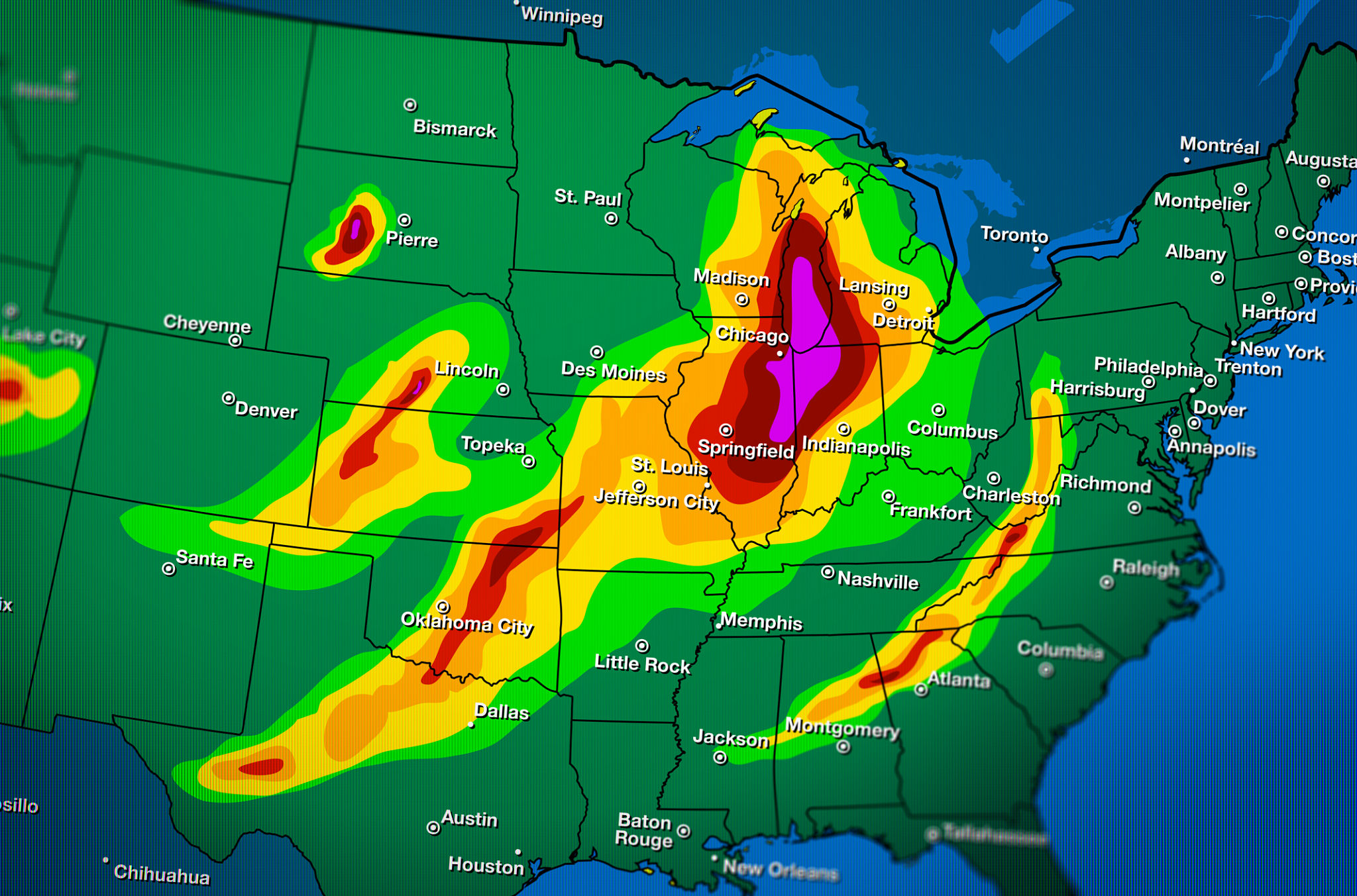Seasonal Ice Needs: How Weather in the Four Corners Region Affects Demand
Understanding the Seasonal Ice Needs
The Four Corners region, encompassing parts of Arizona, Colorado, New Mexico, and Utah, experiences diverse weather patterns that significantly impact the demand for ice. Whether it's the scorching summer heat or the chilly winter months, ice is a crucial commodity for various activities and industries. Understanding these seasonal needs can help businesses and consumers plan better and ensure they have access to ice when they need it most.

Summer Heat Waves and Increased Ice Demand
During the summer months, temperatures in the Four Corners region can soar, creating a heightened demand for ice. This period sees a spike in outdoor activities such as picnics, barbecues, and festivals, all of which require ample ice to keep beverages cool. Restaurants and cafes also see an increase in customers seeking cold drinks, further driving up the need for ice production and supply.
In addition to recreational use, industries such as construction and agriculture rely on ice to maintain equipment and preserve produce during these hot months. As a result, summer is a peak season for ice suppliers in this region.
Autumn: A Transitional Period
As autumn arrives, the demand for ice begins to stabilize. Cooler temperatures reduce the necessity for large quantities of ice in everyday activities. However, special events like Halloween parties and Thanksgiving gatherings can temporarily increase the need for ice among households and event planners.

This transitional season is an opportunity for businesses to adjust their supply strategies and prepare for the upcoming winter months. It's essential for suppliers to monitor consumer trends closely to predict fluctuations in demand accurately.
Winter: A Decline in Ice Needs
Winter brings a significant decline in ice demand across the Four Corners region. With temperatures dropping, natural freezing conditions reduce the need for manufactured ice. The focus shifts from recreational use to more specialized applications such as winter sports events and holiday festivities.
While traditional ice sales may decrease, niche markets such as ice sculpting or winter festivals provide unique opportunities for suppliers to maintain business during this slow season.

Spring: Preparing for the Warmth
As spring approaches, the weather begins to warm up, gradually increasing the demand for ice once again. This season is characterized by outdoor events like Easter celebrations and the start of the wedding season. These occasions often require significant amounts of ice for catering purposes.
The spring months serve as a critical period for suppliers to ramp up production and restock inventory in anticipation of the upcoming summer surge. Strategic planning during this time can ensure a steady supply of ice when it's needed most.
Conclusion
The unique climate of the Four Corners region directly affects the seasonal demand for ice. By understanding these patterns, businesses and consumers can plan effectively to meet their needs throughout the year. Whether it's preparing for summer heat waves or adjusting to winter lows, staying informed about regional weather trends is essential for maintaining a consistent ice supply.
